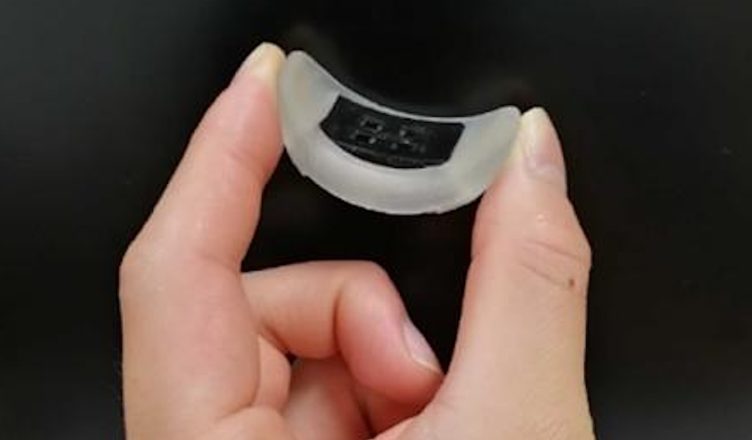Jaundice is a yellowing of the skin caused by excessive bilirubin levels in the blood, and it can cause serious medical disorders in babies.
Researchers in Japan have developed the first wearable gadgets to precisely monitor jaundice. Jaundice can cause serious medical conditions.
Irradiating the infant with blue light, which breaks down bilirubin so that it can be excreted through urine, is an effective treatment for neonatal jaundice, which is one of the leading causes of death and brain damage in infants in low- and middle-income countries.
However, neonatal jaundice is one of the leading causes of death and brain damage in infants in low- and middle-income countries.
However, the treatment itself can be disruptive to the time spent bonding, cause dehydration, and raise the likelihood of allergic disorders.
Researchers have developed the first wearable sensor for newborns that is capable of continuously measuring bilirubin in order to address the delicate balancing act of administering the exact amount of blue light required to counteract the exact levels of bilirubin.
This was done in order to address the issue of administering the correct amount of blue light in order to counteract the correct levels of bilirubin.
In addition to detecting bilirubin, the device is also capable of determining the pulse rate as well as the blood oxygen saturation level in real time.
According to Hiroki Ota, “We have developed the world’s first wearable multi-vital device for newborns that can simultaneously measure neonatal jaundice, blood oxygen saturation, and pulse rate,” Ota noted that jaundice occurs in 60 to 80% of all newborns.
“We have developed the world’s first wearable multi-vital device for newborns that can simultaneously measure neonatal jaundice, blood oxygen saturation, and pulse rate,” Ota The monitoring of bilirubin levels in real time is an essential part of neonatal care.
Continuous assessments of bilirubin levels have the potential to contribute to the enhancement of the overall quality of phototherapy and the outcome for patients.
The findings of the team were published in Science Advances on March 3, under the direction of Hiroki Ota, an associate professor of mechanical engineering at Yokohama National University’s Graduate School of System Integration, and Shuichi Ito, a professor of department of Pediatrics at Yokohama City University’s Graduate School of Medicine.
At this time, handheld meters are used by specialists in the medical field to determine bilirubin levels. However, there is not yet a gadget that can test jaundice and vitals at the same time in real time.
“In this investigation, we were successful in miniaturizing the device to a size that can be worn on the forehead of a newborn baby,” Ota said.
“The results of this study will be published in a peer-reviewed journal.” The detection of numerous vitals is made more simpler by the inclusion of a pulse oximeter as one of the functions of the device.
The device has a lens that is capable of efficiently transferring light to newborn skin via light-emitting diodes (LEDs), which are powered by a battery and are more popularly known as LEDs.
This lens is held to the baby’s forehead by a silicone interface.
“At this time, coin cell batteries are used, and the overall shape is pretty thick,” Ota added. “The overall shape is really thick.”
“It will be necessary in the future to further lower the thickness and weight by making use of thin-film batteries and organic materials,”
The researchers selected fifty infants as subjects for their study, and their findings indicated that the gadget does not yet provide reliable enough results to be the only measurement utilized.
However, Ota’s group will work to lessen the device’s thickness and make it more flexible. They will also work to enhance the silicone interface in order to permit improved skin contact.
The researchers intend to in the near future develop a combined treatment method that combines a phototherapy device and a wearable bilirubinometer in order to optimize the quantity of light therapy and the length of time it is administered based on continuous measurements of bilirubin levels.
This treatment method will be used to treat patients with jaundice.
Post Views:
77
